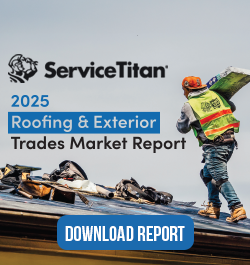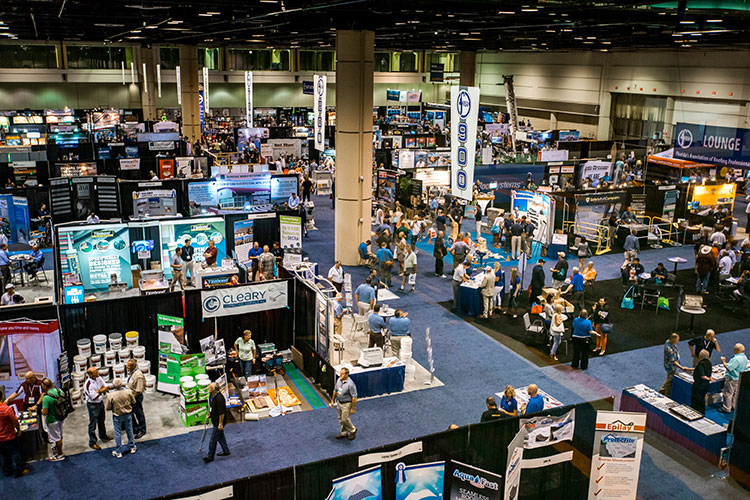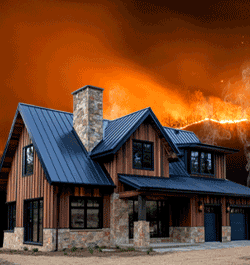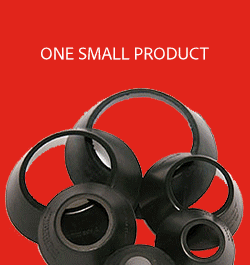Who Are You Wearing? You Look Fabulous!

By Lauren White, RCS Assistant Editor.
The future of construction is wearable technology.
Remember those out-of-this-world gadgets featured in “Back to the Future II,” set in 2020, like auto-dry jackets, AR glasses and voice-activated tech? While we might not have time-travelling cars and power-lacing sneakers yet, we watch movies in 3D, we can check the weather and adjust volume levels with just our voices, and we can see the world through virtual reality. It’s no secret that technology is the future, we’re already living it. Right now, many of you are carrying a computer, camera, photo album, watch and more all in one compact, easy-to-use device - your phone. And some of you are probably reading this article on it.
Many industries have embraced technology and rely on it, especially now with most people working from home. The construction industry has been known to be a slow-adopter to new technology, but that trend is changing. Many construction companies are starting to realize the benefits of technology and are integrating connected devices into their job sites. And wearable tech is at the forefront of this digital revolution.
According to Business Wire, the wearable tech industry will be worth $54 billion by 2023, which is almost double the 2018 figure. “The efficiency and safety benefits they provide are critical for a time-sensitive, potentially risky sector,” Construction Global shares.
Professionals in the construction industry already use some wearable equipment such as safety vests and hardhats. Knowing this, tech companies have started to make “smart” versions of this pre-existing PPE (Personal Protective Equipment); connected helmets and safety jackets are already on the market. “Sensors inside these standard PPE items can sense if workers are tired or overworked and may need a break,” according to Construction Global. These sensors can also provide location data, allowing managers to track employees on a job site. By making PPE “smart,” it will improve safety on the job site and lead to higher levels of efficiency.
Another technology that will benefit professionals in the construction industry is smartwatches. Many people are tracking their movements and health with the help of their smartwatch. Pew Research reported that nearly one-in-five adults in the United States regularly wear a smartwatch or fitness tracker. So why not use this technology to monitor the heart rate and sun exposure of roofing professionals who are performing a labor-intensive job while being exposed to the elements? While smartwatches are more commonly used recreationally, they’re being used more in professional settings as well. According to Statista, smart wristband shipments exceeded 65 million units in 2020. “At their most basic, these technologies give workers a mostly hands-free communication tool. They can offer more than just that though, including health services like blood oxygen sensors and heart rate monitors,” shared Construction Global. The company predicts that, as technology improves, workers will be able to control other devices, like drones, from their smartwatch.
While smartwatches have become mainstream since the first one was created by Seiko in 1998, the next phase in wearable tech is smart glasses. My first introduction to this technology was over five years ago in a business class I took in undergrad when we discussed the pros and cons of Google Glass for professionals. As smart glasses become more sophisticated, there’s significant potential for this technology to be used in construction. “These devices use augmented reality (AR) technology to overlay information in a worker’s field of view. In the building industry, this could look like workers being able to see blueprints and designs in front of them as they work,” Construction Global explained.
In addition to seeing project details, lifting materials is another major part of construction. According to Construction Global, exoskeletons, also known as wearable robotics, are a newer and more promising wearable technology for use in the construction industry. “Users wear a robotic suit powerful enough to augment human strength, reducing fatigue,” according to Industry Dive.
Exoskeletons are cost-effective, easy-to-use and improve quality of life for workers by providing them with muscular and skeletal support when carrying or lifting heavy materials. “Not only does this allow workers to perform the same duties with less risk of injury, but it can help them handle even more,” Construction Global shared. The U.S. Bureau of Labor and Statistics reported that overexertion and similar afflictions are the leading types of injuries that result in workers missing days of work. By using exoskeletons, professionals in the construction industry reduce their risk of harm from lifting heavy objects, allowing them to work safer and more efficiently for longer periods of time.
Guardian XO, a full-body, powered industrial exoskeleton, has already been developed by Sarcos Robotics, a robotics and microelectromechanical company in Salt Lake City, Utah. With Guardian XO, workers can lift loads up to 20 times his or her lifting capacity. “The Guardian XO gives the operator an added degree of safety in difficult to access locations at a construction site,” Kristi Martindale, chief customer officer and executive vice president, product strategy, for Sarcos Robotics shared with For Construction Pros. “It enables humans to maneuver and lift materials in locations where forklifts or other heavy equipment cannot access.”
While a lunchbox isn’t necessarily “wearable,” it’s an accessory that is toted to and from job sites on a daily basis. And now, smart lunch boxes are changing the lives, and health, of construction workers around the world. LunchEAZE is the only cordless, battery powered, smart lunch box on the market, according to Construction Dive. LunchEAZE is controlled by a bluetooth app and allows contractors to heat their food automatically up to 220°F.
“This is definitely a game changer…Perhaps a life changer…If you work construction like I do, 95% of the time there are no microwaves on the job site and you will quickly become tired of sandwiches and chips,” says Gabriel Anthony in a LunchEAZE product review. Without having a way to heat up their food, many construction workers have a difficult time eating healthy and satisfying meals, and they often choose fast food. LunchEAZE provides contractors a way to enjoy hot, home-cooked meals no matter where they are.
In today’s world, especially now with students learning virtually and people working remotely, we rely on technology daily. Advances in technology have streamlined operations and put the world at our fingertips, literally. And wearable tech is the next iteration in our increasingly smarter world; it has already disrupted the consumer market and is now making its way into the construction industries. These tools will allow construction to enter the modern age and revolutionize the industry by streamlining jobs, diminishing errors and improving the health and efficiency of contractors. The creators of “Back to the Future II” knew technology was the future and accurately predicted many of the devices we have today. How much longer until we have time-travelling cars?
Get more news and information like this delivered right to your inbox each week when you sign up for the RCS Week-in-Review e-newsletter.
Picture: Construction Global






















Comments
Leave a Reply
Have an account? Login to leave a comment!
Sign In